Eight of the best succulents to grow in your home and garden
Despised for decades, aeoniums, echeveria and the many other kinds of succulent are now finding favour everywhere. Val Bourne recommends the best.
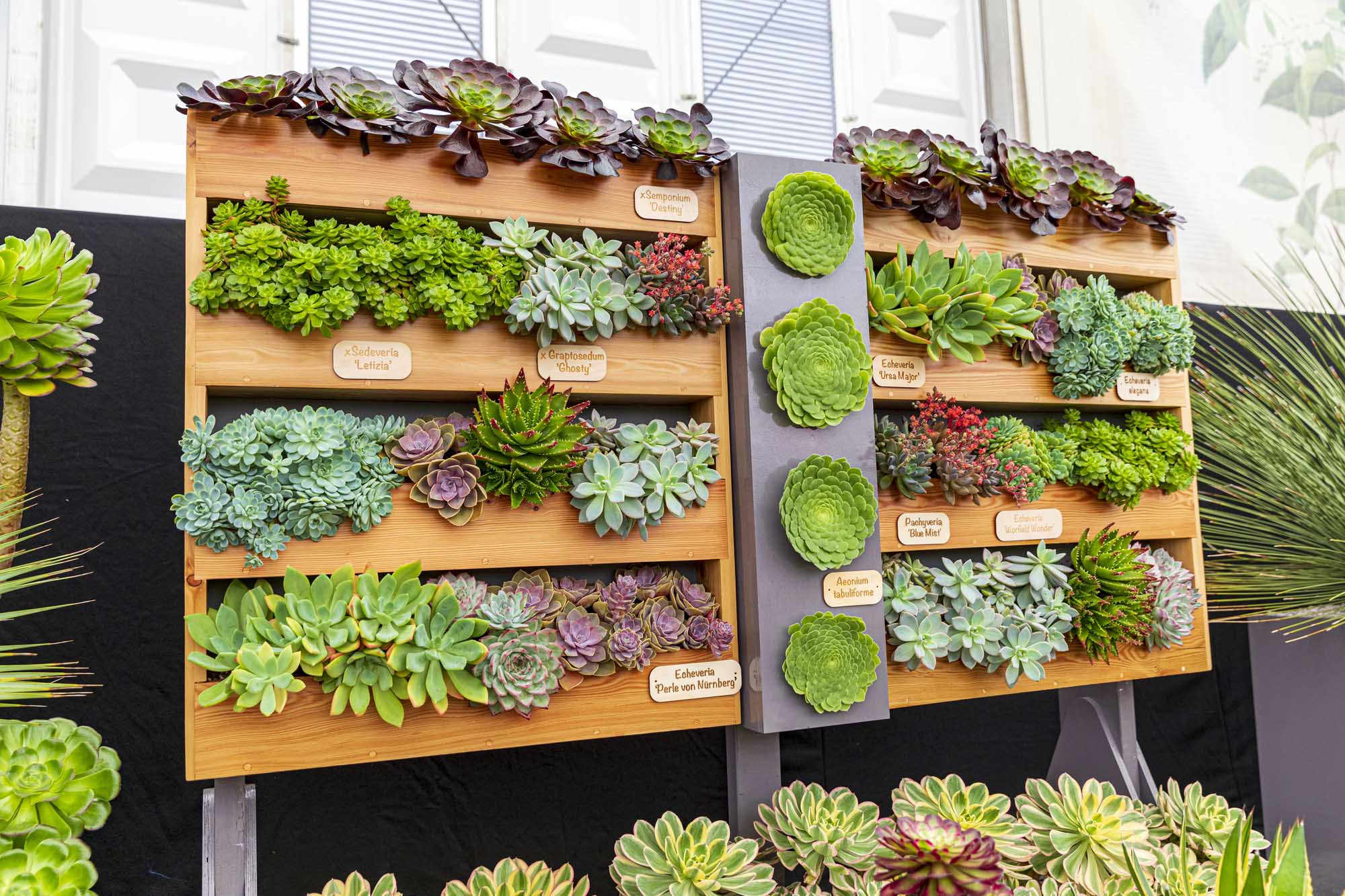

To the surprise of visitors more used to lavish flower arrangements, the halls at Chatsworth, Derbyshire, have, this year, been decorated with aeoniums, aloes and other succulents.
This vast family of plants, until recently airily dismissed by gardeners in the same breath as cacti, have side-stepped horticultural snobbery and proved themselves worthy of a place in the garden and under glass.
This isn’t simply because they are relatively easy to care for (undoubtedly the reason for their mass production and availability), but because they offer such variety. Look closely at the intricate whorls of colourful foliage and it is hard, once gripped, to ever let them go.
I can testify to the succulent’s resilience: my own first introduction occurred in the summer heat of Japan many, many years ago. Several specialist nurseries there sell a wide range and the plants are widely admired, especially in Tokyo.
On leaving for the airport, my host gave me a beautifully wrapped box, which I thought contained Japanese sweets. When I opened it some five months later, I found tiny rosettes of 30 different succulents, which I’d unwittingly brought through customs. They revived and rooted, once watered, because succulents are tough, as well as sustainable.
Superb succulents
Aeonium ‘Zwartkop’ AGM
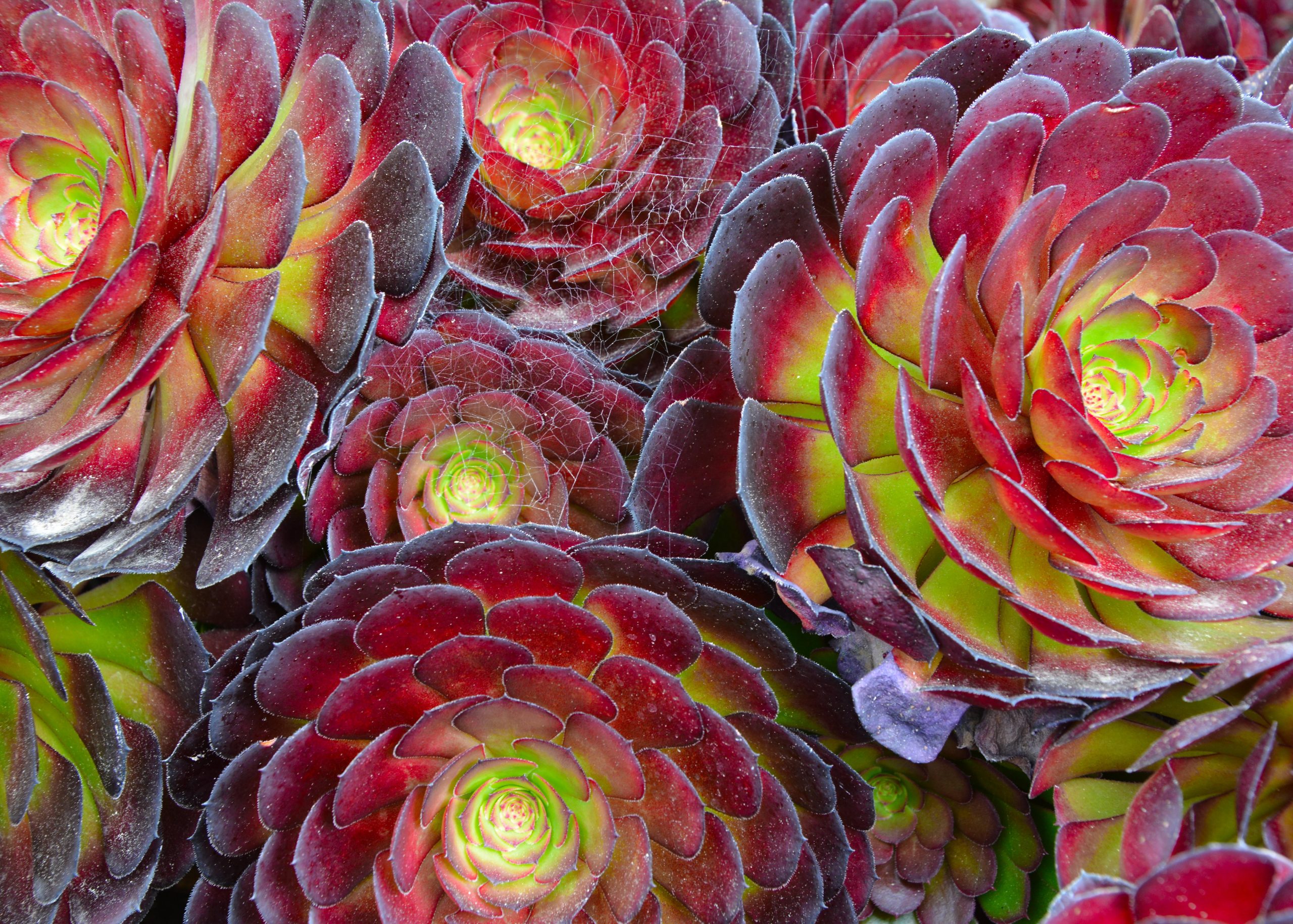
The most widely available aeonium, with glossy black foliage on an upright and branching plant, this can be grown as a single specimen or it can add an upper level among low-growing succulents. These subtropical plants, mostly from the Canary Islands, prefer some shade in summer, their dormant season. The taller ones are relatively easy to overwinter in a frost-free greenhouse or cool conservatory. Propagate them from rosettes with some stem and look out for the green-centred, dark rosettes of ‘Velour’ and the lime-green and black ‘Cyclops’. 39in
Aeonium ‘Logan Rock’
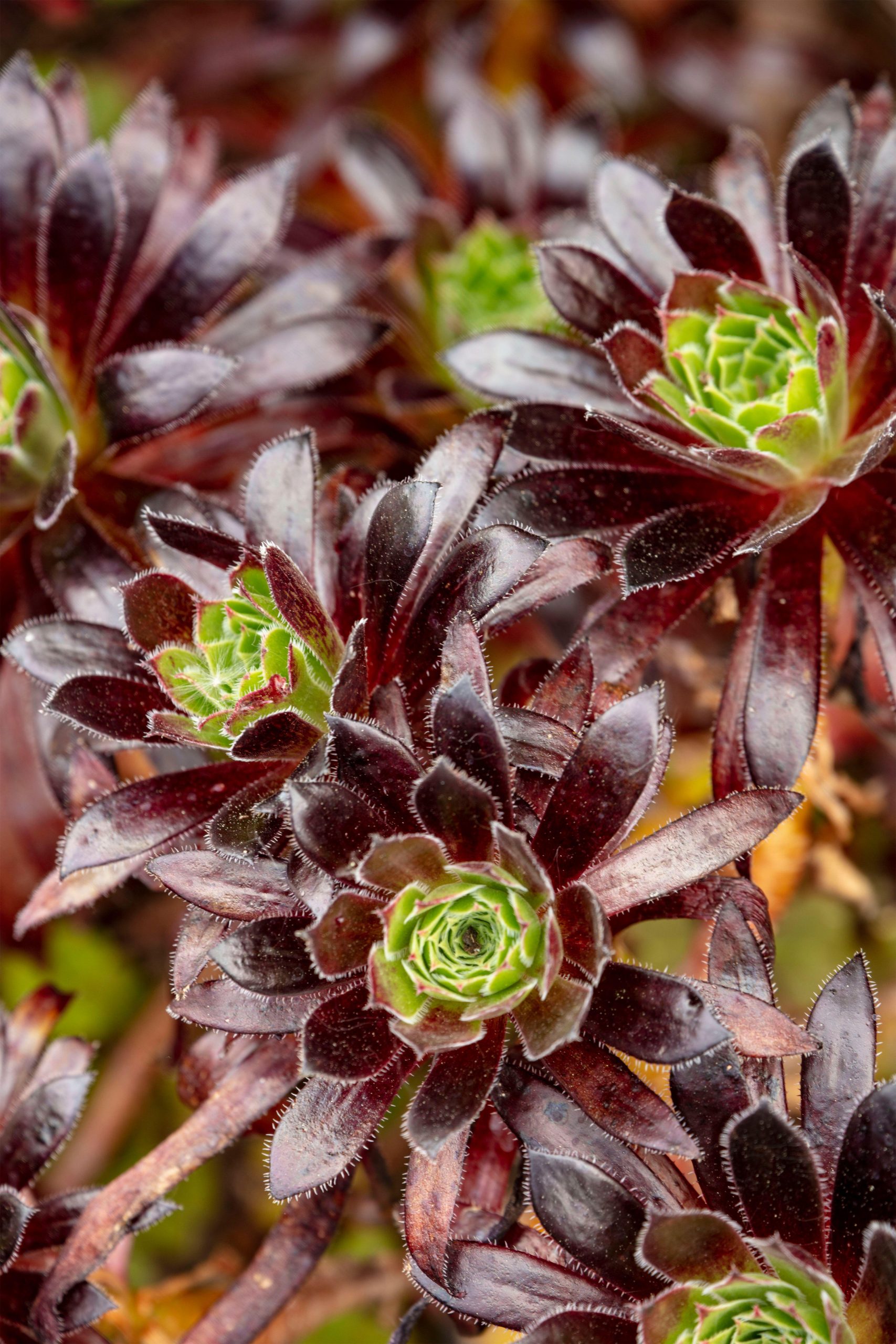
One of the first branching non-arborescent aeoniums, raised by Penberth Plants of Cornwall, ‘Logan Rock’ produces a cluster of spreading rosettes with long, slender purplish outer leaves surrounding bright-green middles. It’s best grown in a container and placed outdoors in summer, before being moved to a frost-free place for winter. 17in
Sign up for the Country Life Newsletter
Exquisite houses, the beauty of Nature, and how to get the most from your life, straight to your inbox.
Agave victoriae-reginae AGM
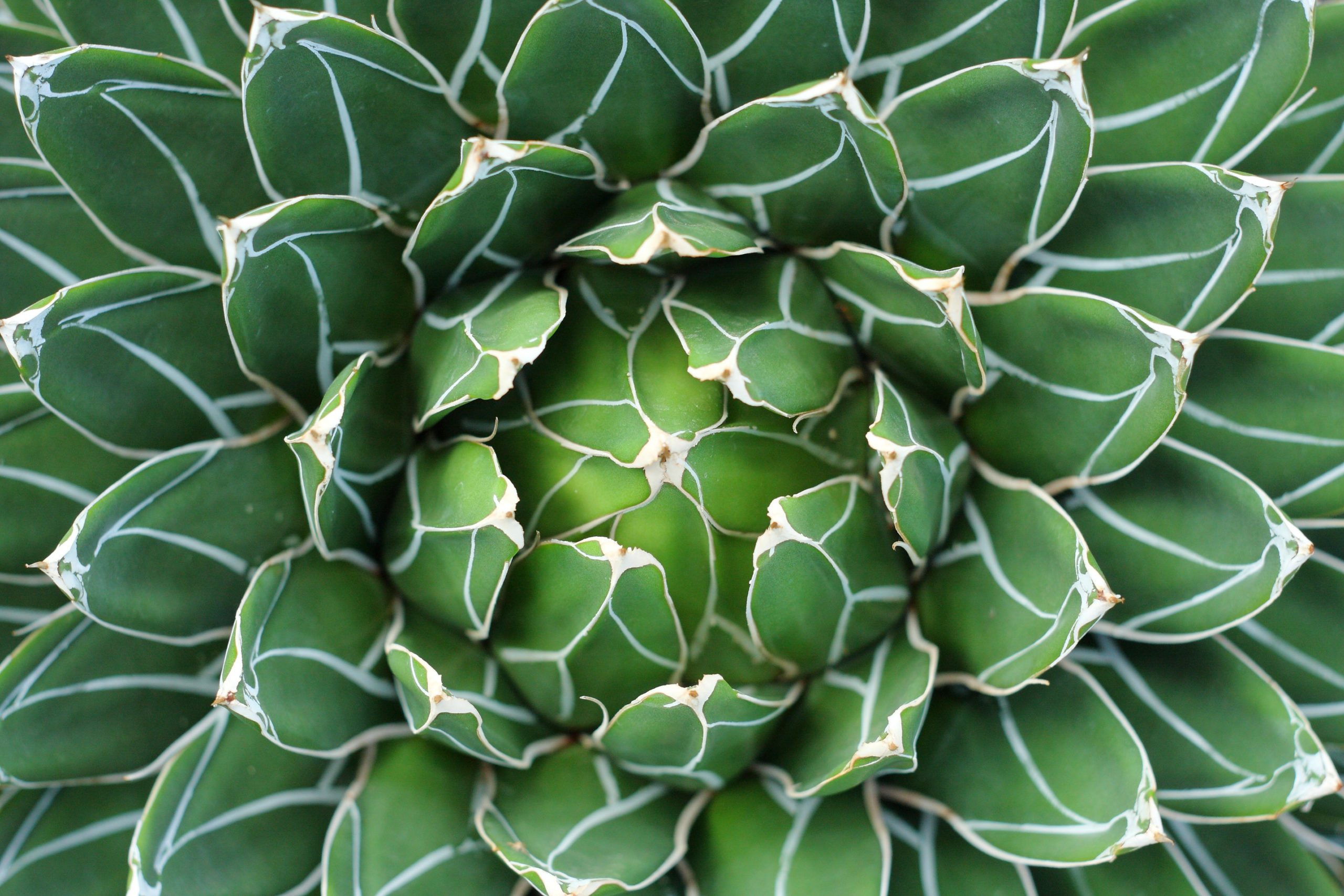
Agaves avoid being grazed in the wild by producing savage spines, so they need very careful placing and handling. This Mexican species only has one spine on each leaf tip, so is less savage. It’s also one of the most compact agaves, producing a symmetrical rosette of mid-green leaves, irregularly marked in creamy-white. Hardier than many other succulents and almost artichoke-like in form, it’s low-growing and sometimes expensive. 1ft
Crassula ‘Blue Waves’
Cotyledon tomentosa subsp. ladismithensis AGM
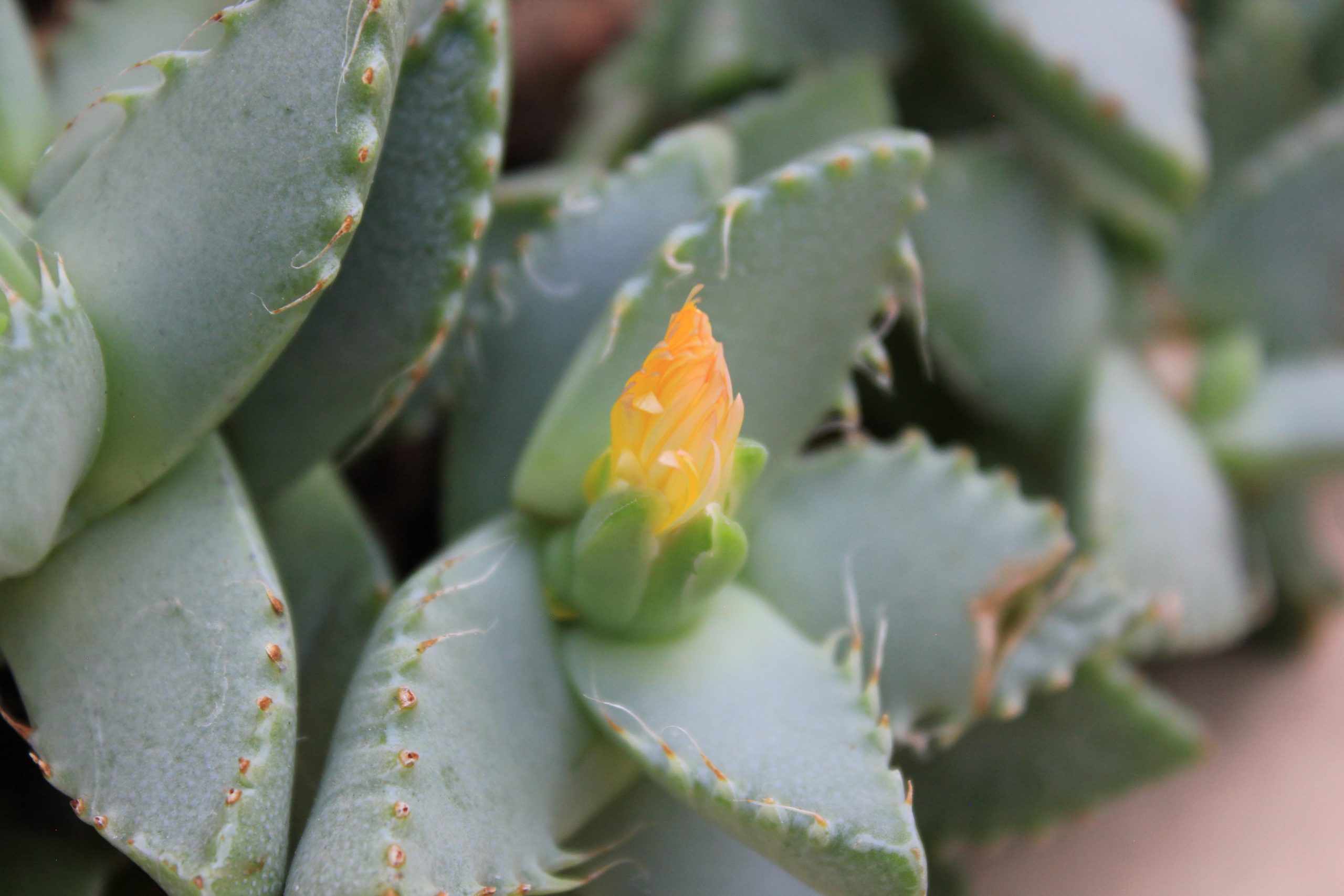
The velvet-textured, light-green leaves give this South African succulent the common name of bear’s paw, because the attractive red edge looks like a series of claws around a plump paw. It needs bright light, rather than strong summer sunshine, and should be watered once a week using rainwater. Bright-yellow or orange flowers should appear in summer. 12in
Echeveria agavoides AGM
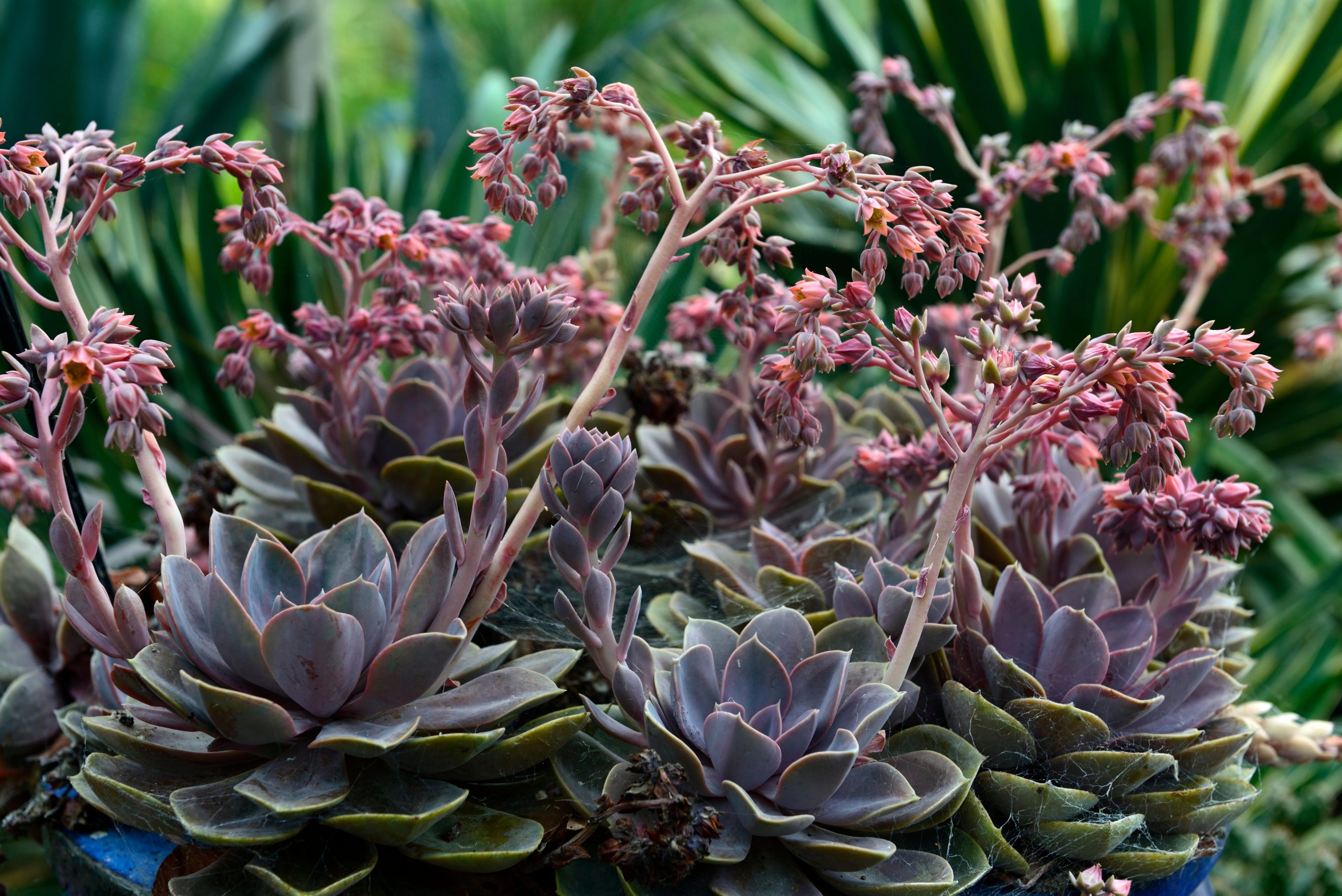
The moulded wax plant has silver-grey waxy leaves, with a minimalist red tip and edge. There are several named forms, including ‘Red Edge’, the smoky ‘Ebony’ and ‘Red Taurus’. The flat rosettes produce tiny offsets, so this is easy to propagate. 5in
Echeveria elegans AGM
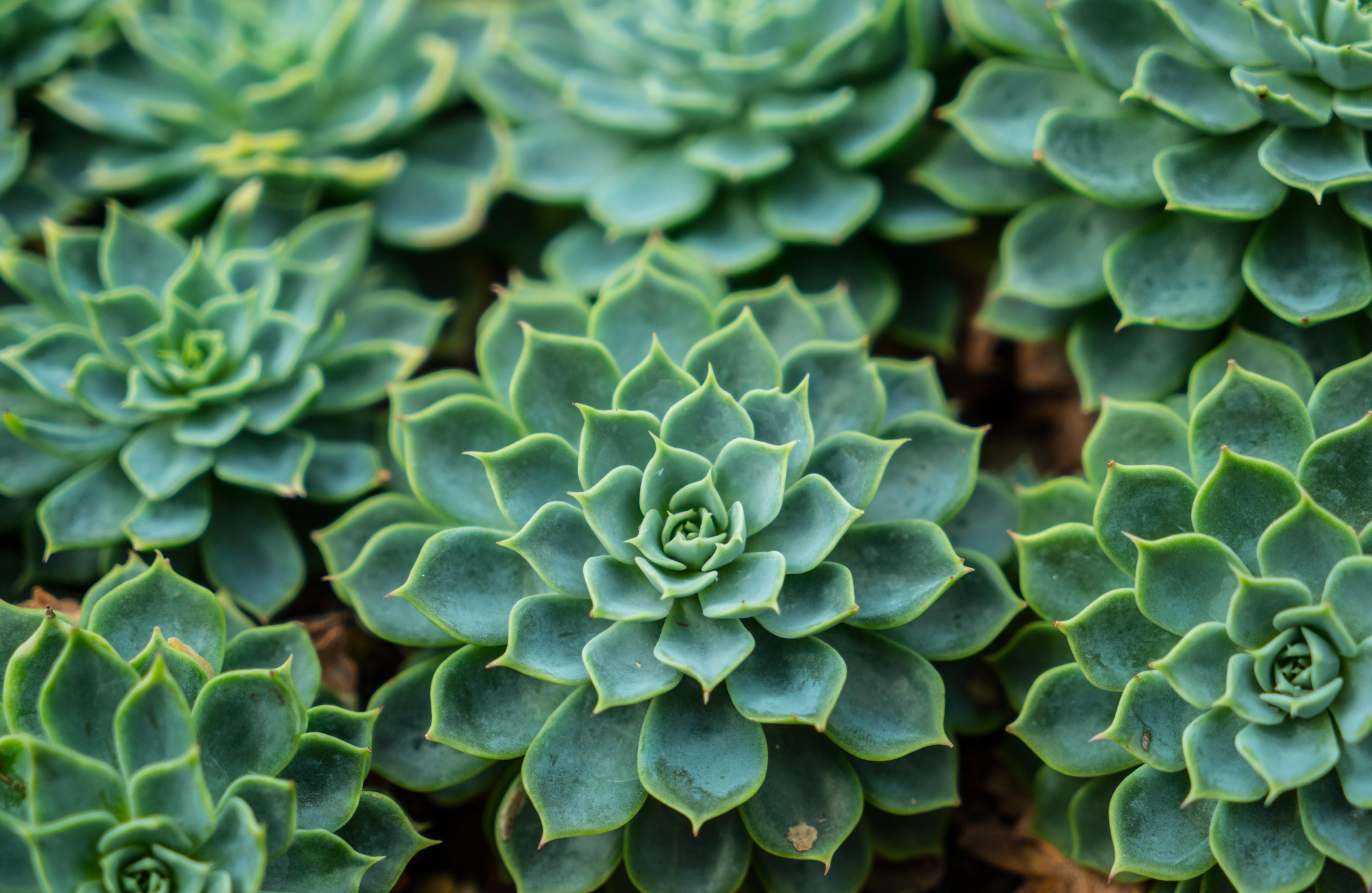
The Mexican snowball produces a rounded mass of grey-blue rosettes and there are plenty of pink flowers tipped in yellow, held on long stems. An easy starting point, it’s ideal for a wide, low planter because it will reach 1ft across. There are interesting new echeverias, too, including ‘Black Prince’. 4in by 8in–1ft
Kalanchoe tomentosa AGM
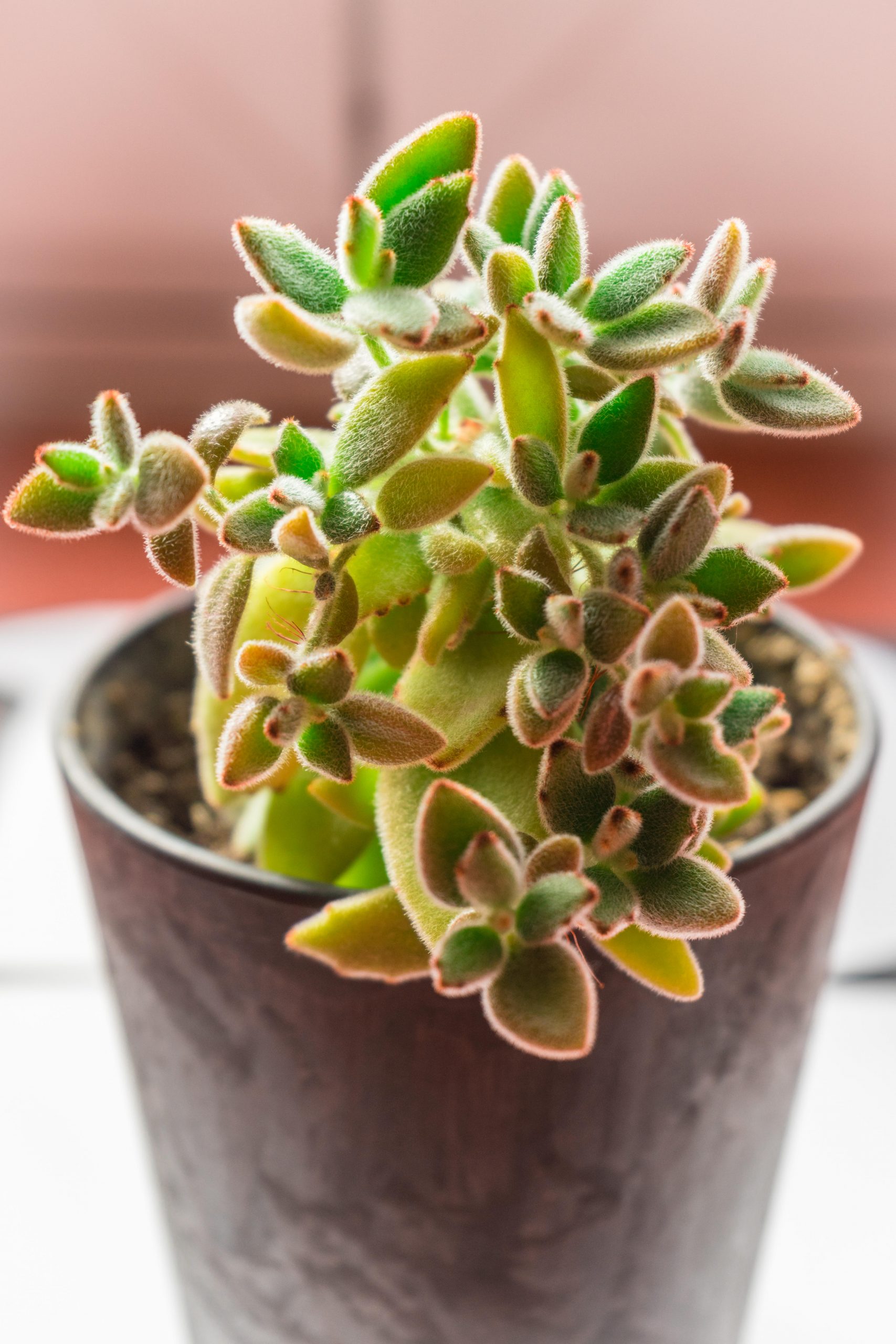
This succulent has velvety oval leaves, in cool jade green with silver overtones, and reddish-brown edging. The foliage, which forms an open shape and contrasts well with the tighter rosettes that many succulents form, is furry to the touch. Sometimes called panda plant, it will reach 3ft in time. Up to 3ft
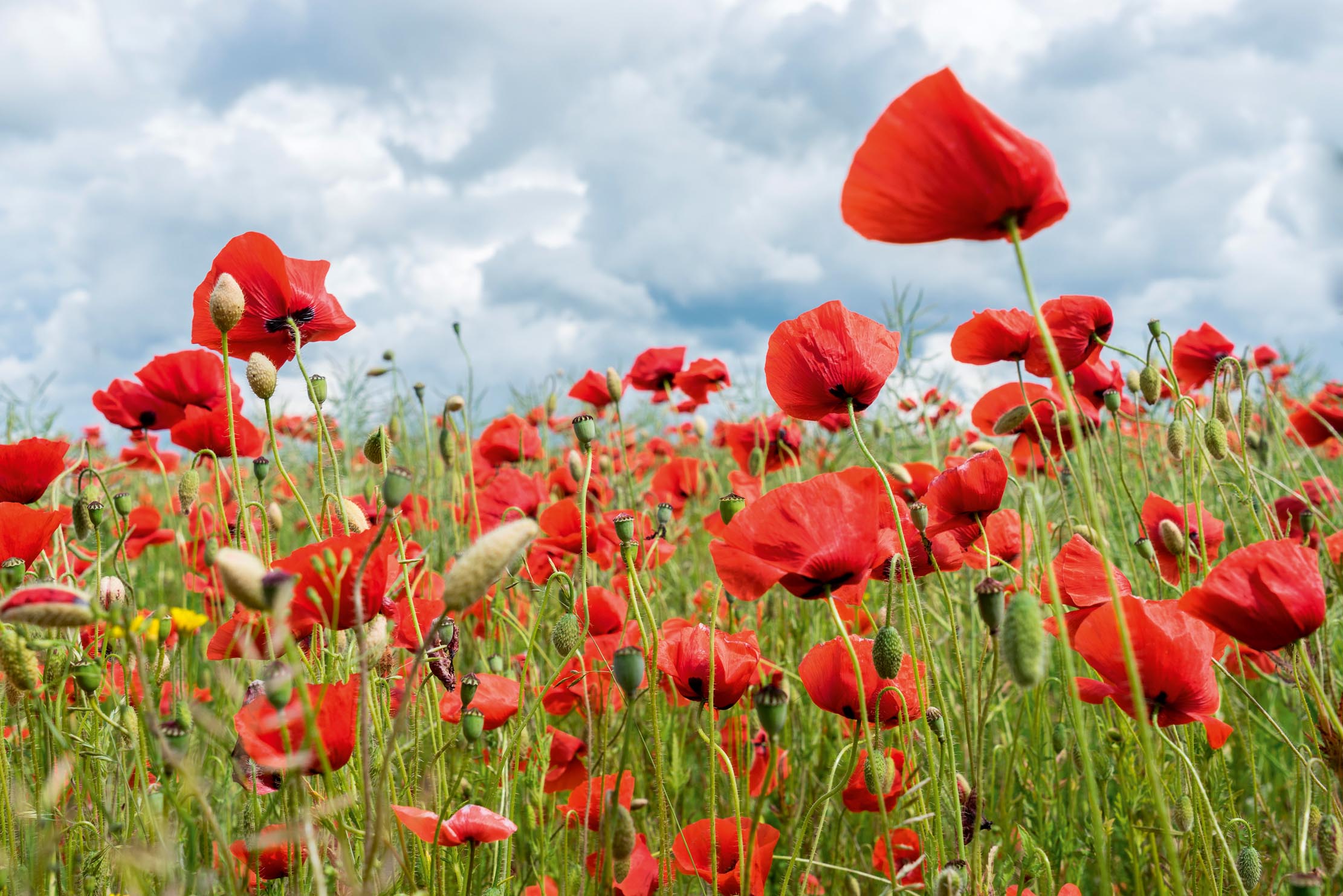
How the poppy captured the imagination of the nation
Poppies aren't just beautiful, natural flowers lighting up the countryside; they're inextricably linked with our history. Jack Watkins looks at
-
 Six rural properties with space, charm and endless views, as seen in Country Life
Six rural properties with space, charm and endless views, as seen in Country LifeWe take a look at some of the best houses to come to the market via Country Life in the past week.
By Toby Keel
-
 Exploring the countryside is essential for our wellbeing, but Right to Roam is going backwards
Exploring the countryside is essential for our wellbeing, but Right to Roam is going backwardsCampaigners in England often point to Scotland as an example of how brilliantly Right to Roam works, but it's not all it's cracked up to be, says Patrick Galbraith.
By Patrick Galbraith